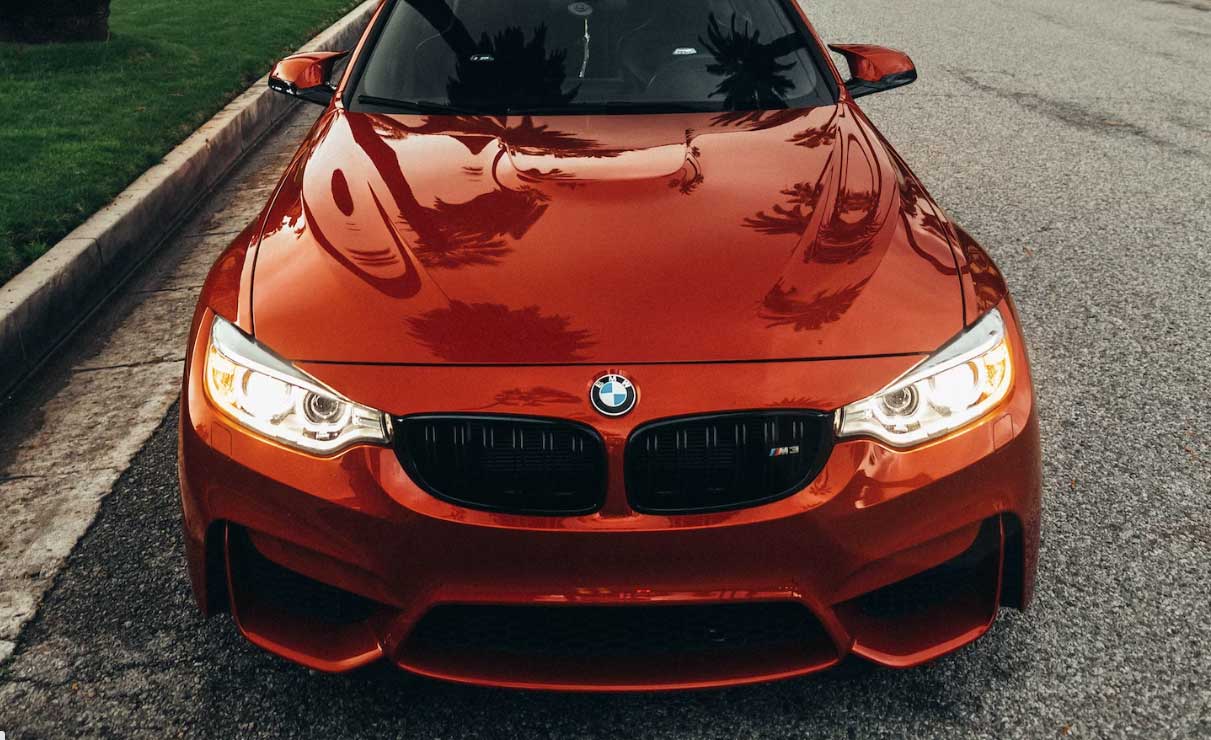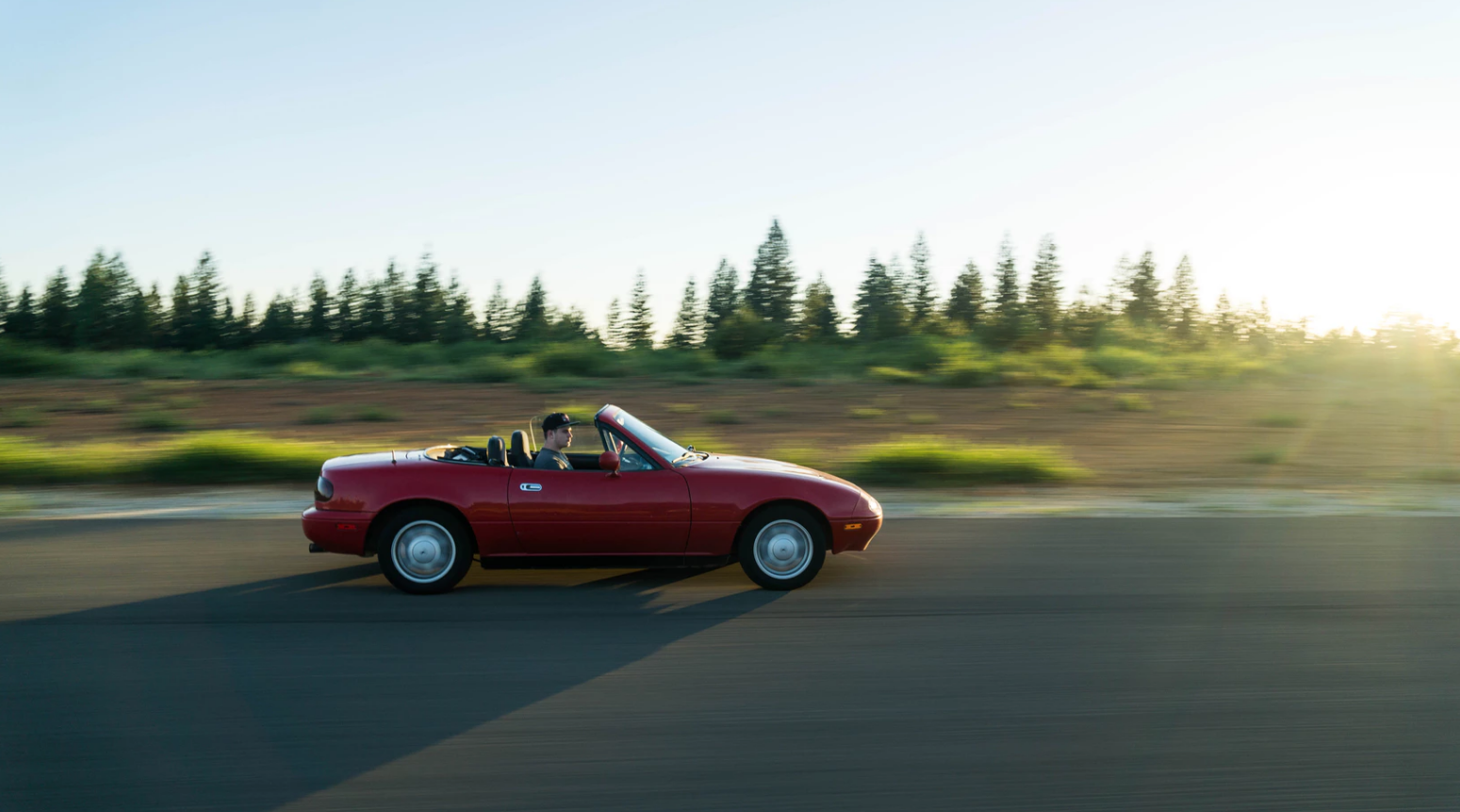Replace or Repair? Salvaging Your Windshield Beneath Its Cracks and Chips
There are a lot of costs that come with being a vehicle owner, and while owners should expect to shell out money for unexpected repairs, not every vehicle owner can afford to replace their windshields for every minor crack or chip in the glass. The good news, though, is that they don’t have to. Minor cracks and chips only a few inches long can be repaired or filled in to look good as new or at least fixed enough that it won’t cause a distraction or hinder a driver’s visibility.
But how can you tell if your auto windshield needs a replacement or just a quick repair? You could ask your service center’s technicians, but if you want to do the research and figure an estimate before heading to your auto repair shop, here’s what you need to know.
Types of Windshield Damage
To determine what kind of work your glass needs, you have to look at the type of damage there is. There are plenty of types, from the half moon, to the angel wings, to the extended bullseye, but we’re going to focus on the four common types of damage: cracks, chips, bulls-eyes, and stars.
Cracks are lines that appear anywhere on the windshield. These are singular lines that don’t branch out into other lines. Minor cracks are usually less than an inch long, but some external debris and other factors like weather can make the crack grow longer.
Chips are pieces of glass missing from the windshield. While cracks are lines, chips are pieces with no particular shape removed from the glass. When you break an egg, you can remove little pieces of the shell from the main shell – chips are just like that. Minor chips only scratch the surface, but more severe cases of windshield chipping can remove bits of the windshield and allow external debris to enter the car from the windshield’s holes.
Bullseyes are a more serious form of chipping. They’re more circular and resemble a bullseye on your windshield. They leave deeper chips on your windshield. These types usually come from debris like hail or rocks that impact the glass.
Stars are a combination of cracks and chips. The damage has a center which is usually a chip. This center extends to several cracks heading in different directions.
Crack Damage
Even the smallest crack can make a windshield less safe and provide less visibility, so even just the smallest crack needs to be repaired immediately. Minor cracks less than an inch long and have no branches can be repaired. Cracks less than 8 inches long may also be repaired, but this may take more time to fill in and repair.
Windshields with multiple cracks are still safe to have it repaired if it only has up to four minor cracks. If the windshield has a crack longer than 8 inches or has four or more cracks, the entire windshield may not be safe anymore even after repairs because the overall stability of the glass may already be compromised.
Some vehicle owners may be tempted to put off having their windshields repaired if they see minor cracks less than an inch long. However, that minor crack can grow into a major one, depending on several factors like weather and the way the car is driven over bumpy roads, and this will cost more to fix (or even replace in the long run.
Chip Damage
Minor chip damage is usually less than an inch and can easily be filled and repaired. These are usually the effects of smaller rocks on the road hitting the glass, which is common if you’re driving on bumpy roads or tend to drive too close to the vehicle in front of you.
Small chips are around the size of a small coin or have a diameter of at least one inch. Repairing these can be easy, but once your chips are much bigger than that, the damage can be so major that filling it won’t make it any less visible and will prove to be a distraction to the driver – and that isn’t safe. And like cracks, once you see four or more chips on your windshield, its strength against debris while your car is moving may not be as stable and it is best to get it replaced.
Bullseye Damage
Bullseye damage cannot be repaired under any circumstances and will require replacement. Since bullseyes mostly happen from hail or similarly large and heavy debris, it would have left a major impact on your glass, decreasing its stability and overall strength. Even if you insist it be filled in instead of repaired, it’s too much damage for it to be totally fixed.
Not only are you risking harm on yourself if another major debris hits your glass, you’re also obstructing your vision when driving. It’s more practical and safer to have the windshield completely replaced.
Star Damage
Like minor chips and cracks, stars can still be repaired depending on its size. Smaller stars can be filled in and repaired, while bigger stars will need to be replaced. Small stars don’t really cause major damage to a windshield’s strength, so it’s fine to repair it.
However, in terms of visibility, the damage can still be partially visible even if it is filled in. Stars that are in the driver’s line of view, no matter how small, therefore will mean you have to replace the windshield, but minor stars on the edges of the glass can look unsightly, but it won’t be a distraction.
Once you’ve determined the type of windshield damage and the size of the damage, you can assess whether or not your windshield will be repaired or completely replaced. For the latter, expect to shell out more for your auto repair shop’s services, but at least you can drive knowing you have a strong windshield protecting you and anyone inside your vehicle.






I never know there’s a name o every type of windshield damage. For me whatever kinds of damage is damage. As long as my windshield is in good shape and not reaching the point of bullseye damage I won’t replace it. It will cost you a lot of money the your neighbors’ son will just break it the next day.
Fresno AutoBody recently posted…Repairing a Windshield vs Replacing It: What’s the Better Option?
The windshield is integral to the structural integrity of a vehicle, making it an essential safety feature of your car, and an important aspect to repair or replace in case of any damage. Driving around with a damaged windshield is dangerous, often poses a road hazard, and the laws of many states don’t take kindly to postponing needed repairs.
Joshua Petersen recently posted…How Much Does a Bumper Repair Cost?
I noticed that my auto car’s glass has a crack in it; that’s why I’m planning to have it repaired or replaced instead. I guess you’re right that bullseye damage is impossible to repair since it already decreases its stability and strength. Although, I never knew that mini cracks and chips could still be repaired if ever.
I never knew that a small crack in my car’s windshield can already affect our driving safety until you mentioned it. My husband told me to be careful about the small line he observed the other day but I think that we should stop using our vehicle for now. It would be safer for us to seek shops that specialize in automobile glass repair and have this issue fixed immediately.